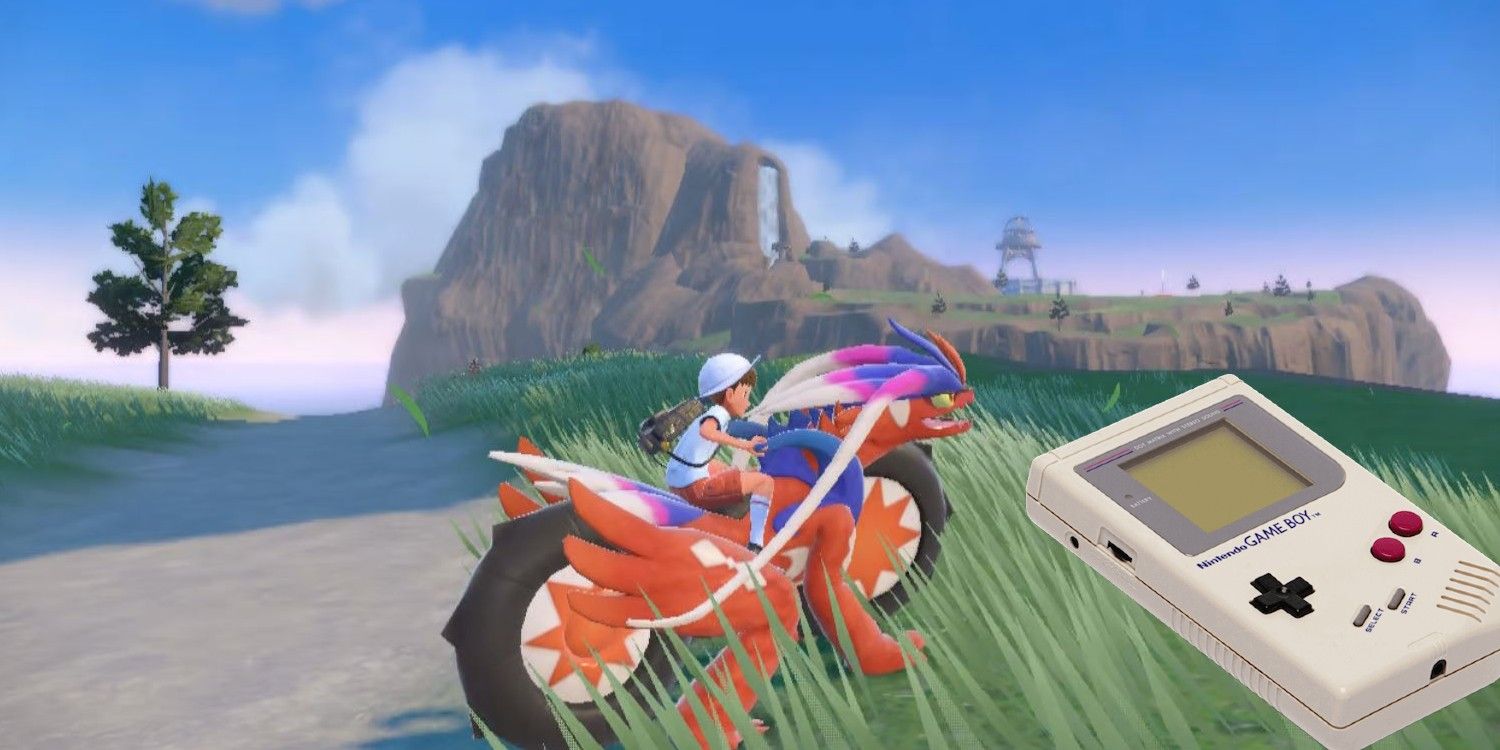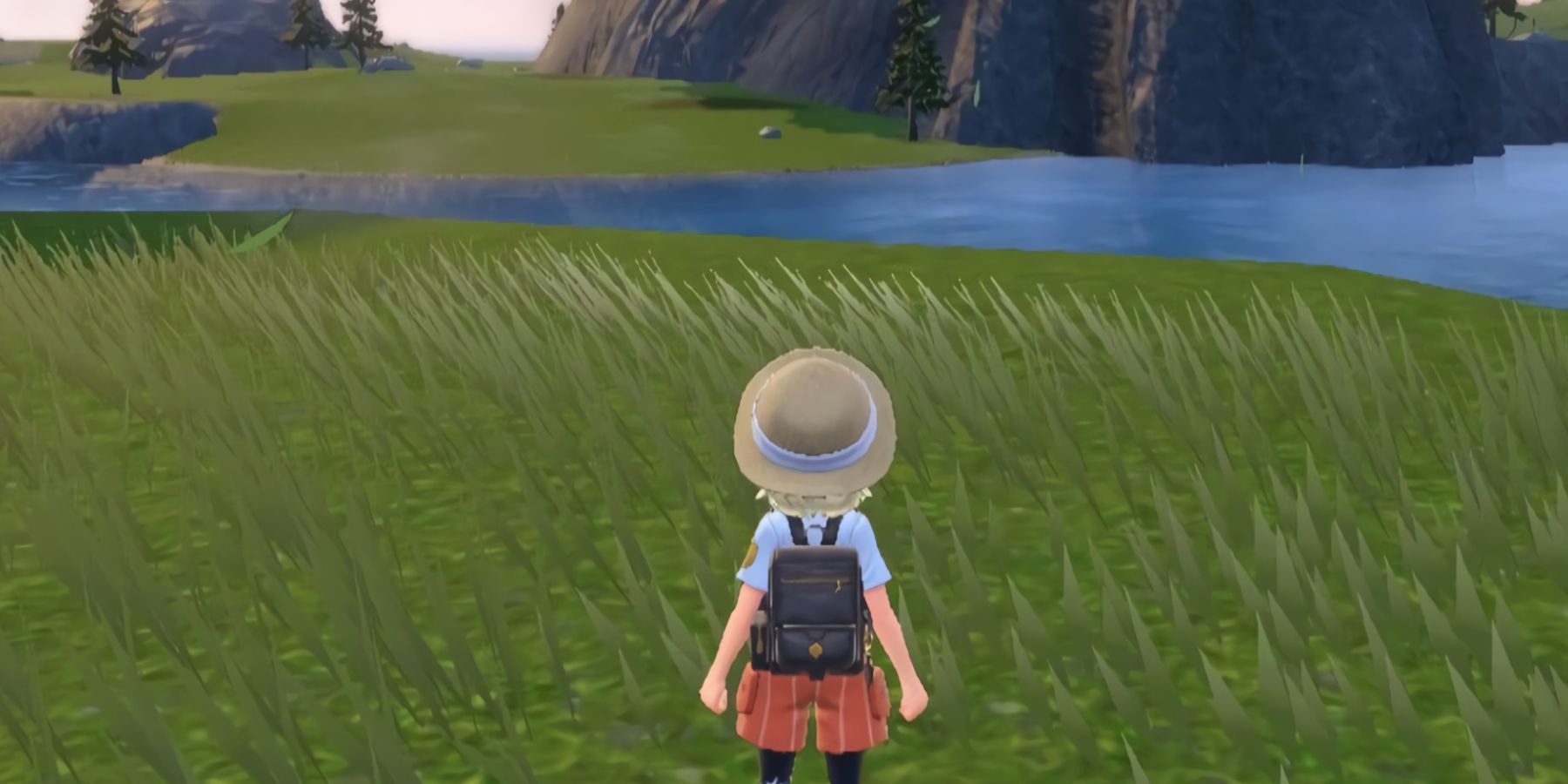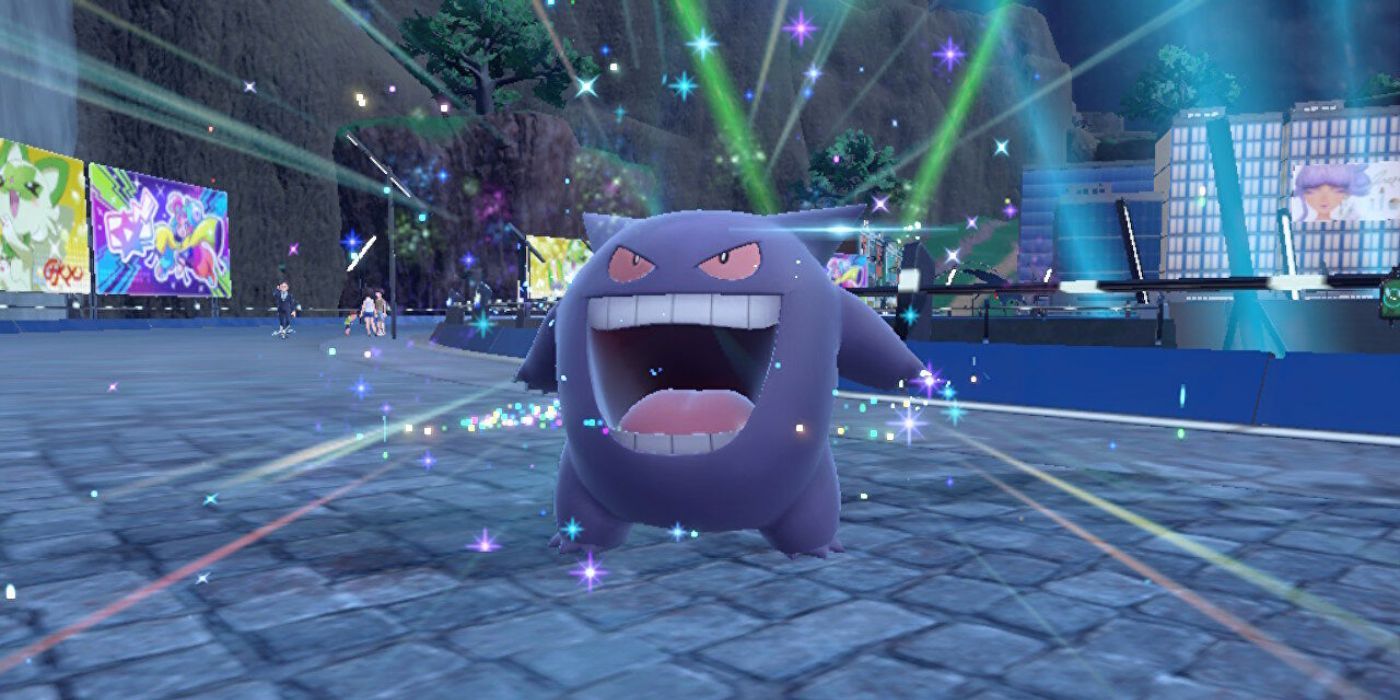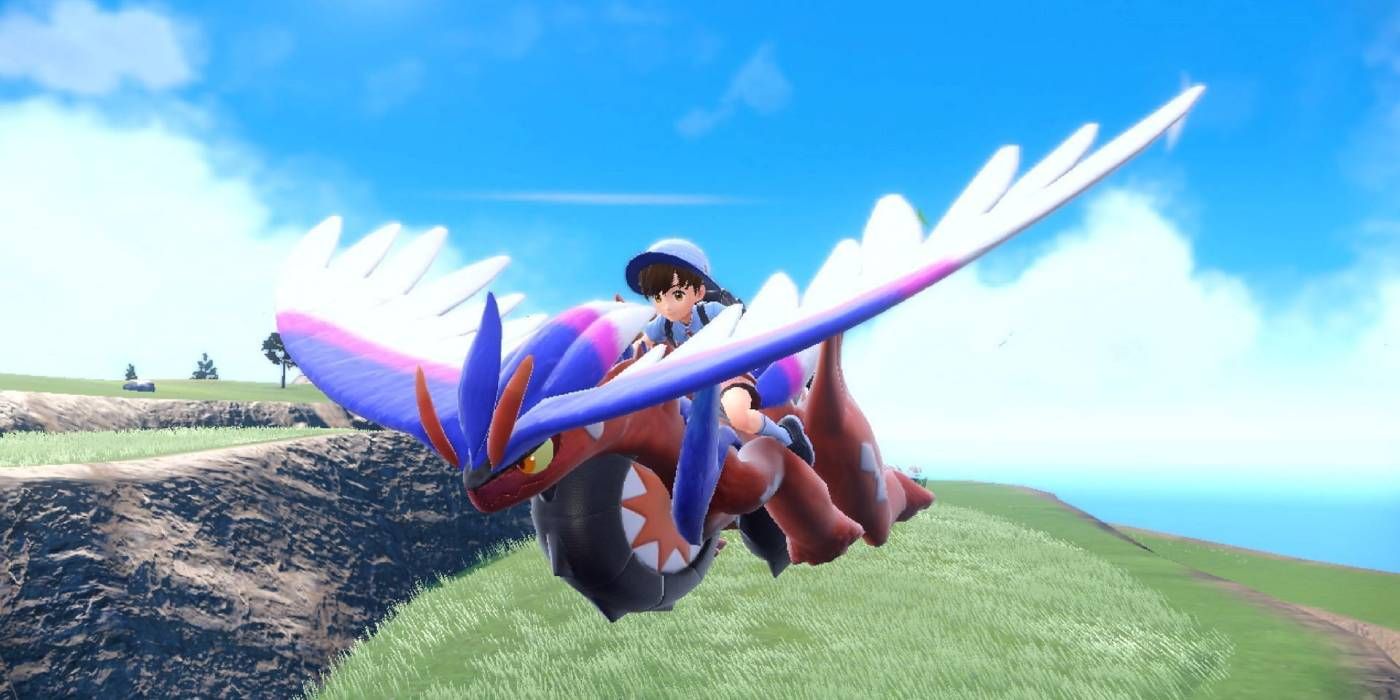The severe graphical issues on display in Pokémon Scarlet and Violet show the limits of the Switch hardware, especially for those playing in docked mode, suggesting those games were made for the wrong console. The Pokémon franchise has been synonymous with portable gaming since its beginning, but when Nintendo merged its portable and home console lines with the Switch, mainline Pokémon games became console titles. While current-gen Pokémon games still hold up well by portable standards, they are lacking compared to most other major console releases.
Though turn-based RPGs still see major console releases, many genre fans have found that portables are an ideal fit for such gameplay. The Pokémon games never pushed the envelope where presentation was concerned, but the simple, stylized character models were adequate for the small-screen format. For Switch Lite owners, and those who primarily use the hybrid undocked, the Switch is simply a successor to the 3DS. Pokémon fans who dock the Switch to their TV are more apt to compare Scarlet and Violet to better-performing Switch titles like Super Mario Odyssey, or current-gen console games for Xbox Series X/S and PlayStation 5, making the flaws stand out more.
The Switch Hardware Couldn't Handle Open-World Pokémon
Pokémon Legends: Arceus added open-world elements to the series, but this consisted of a series of large maps players would travel to via a menu interface. It was ambitious of Scarlet and Violet to aim for a single massive region, where a multitude of Pokémon are spawned in the wilderness outside of cities, but the scope was clearly beyond what the Switch could deliver seamlessly. The lower resolution of handheld mode offsets the issues somewhat, but players hoping for a big-screen, truly open-world Pokémon experience were met with disappointment, as severe pop-ins and numerous meme-worthy graphical glitches were abundant, making Pokémon Scarlet and Violet unintentionally funny to some.
The series is stuck in a Catch-22 of sorts, as it was exclusive to Nintendo’s portable devices, and no dedicated portable is currently available. Adding a series of mandatory touchscreen mechanics could effectively make the Pokémon series only playable on a Switch Lite or an undocked Switch, but this would alienate many Switch owners and touch controls could detract from the experience. One solution was for the series to step up its presentation to home console quality, which Pokémon Sword and Shield, and Legends: Arceus largely delivered on. Fans seemed eager for the franchise to change up its formula, however, which Scarlet and Violet did, at the expense of presentation.
Whether the blame lies with Game Freak’s optimization or the limitations of the Switch itself; the console seemingly cannot support a truly expansive and densely populated open-world Pokémon game without looking awful and performing abysmally. The remake of Pokémon Diamond and Pearl delivered a traditional “portable style” Pokémon game, complete with cartoonishly proportioned character models, but some fans expect the series to evolve instead of simply reiterating a decades-old formula. The series attempted gradual advancements, like the large Wild Areas, but the Wild Areas of Pokémon Sword and Shield already exhibited similar issues to those that plagued the entirety of Scarlet and Violet.
Pokémon Is Torn Between Its Portable Origins And The Need To Compete With Other Console Games
The problem facing Pokémon is in part due to the pull between portable game design goals and console game expectations. Where a portable game can rely on simplicity and familiarity without facing harsh criticism, console players have come to expect sprawling worlds to explore, and a higher degree of graphical fidelity. Though most of the Switch’s most popular games rely on stylized graphics over a photorealistic approach, the notable pop-in and slow-down of Scarlet and Violet are a bit much for even forgiving fans. The ideal home for Pokémon games would have been Nintendo’s next exclusively portable follow-up to the 3DS, but no such console exists.
The dream of Pokémon Scarlet and Violet, that of a region free of loading screens that is abundant with wild Pokémon, remains an ideal for many fans, but Nintendo’s hardware simply cannot support it. A gaming PC or the current gen Xbox and PlayStation consoles could likely deliver on the concept, thanks to their specs and fast-loading SSD drives, but Pokémon games remain exclusive to Nintendo consoles, with a few mobile spinoffs. The series’ future is complicated further since a return to the more linear format of earlier entries could be seen as a step backward, but another poor-performing game like Scarlet and Violet could be even more damaging.
No solution seems to be in sight, so it is possible Game Freak will wait for the successor to the Switch before launching another mainline Pokémon game. This might give the developer the hardware needed to support a larger, seamless world, teeming with Pokémon life. The absence of a portable platform to showcase the traditional Pokémon formula is a blow to the franchise. The origin of the name Pokémon came from Pocket Monsters, and the social element of playing on a portable device and trading with friends was integral to the series’ success. Taking a Switch on the go still allows for this, but a docked system only highlights flaws.
Pokémon Games Can Have Console Quality Stories, But They Should Stick With Portable-Style Gameplay
Conversely, the fact that Pokémon games now stand alongside other home console titles could be responsible for the series’ improved stories. While the formulaic quest to earn badges and become a Pokémon master was still present in Sword and Shield, as well as Scarlet and Violet, these games expanded their narratives to include more legitimate stakes, alongside stabs at meaningful character development. Pokémon Legends: Arceus eschewed the traditional rubric entirely, presenting a story where Pokémon still felt dangerous and mysterious. The series should not backpedal on its pursuit of more console-quality storytelling, but the more ambitious gameplay might need to be toned down, at least on the current Switch.
Longtime series fans might recall how the GameCube’s Pokémon XD: Gale of Darkness offered a similar take on a full-length Pokémon JRPG that avoided the formula of the portable entries and offered superior presentation for its era. While Sword and Shield and Legends: Arceus offered comparable experiences, the visual problems of Scarlet and Violet were enough to distract from its relatively complex and engrossing plot. The game offered a non-linear approach along with three main storylines that converge in an epic final dungeon area. Until a more powerful Nintendo console is available, Pokémon may need to keep its ambitions to its storytelling and fall back on classic portable-style gameplay.




